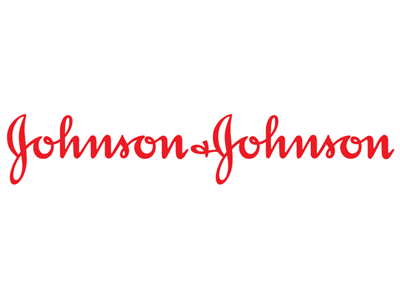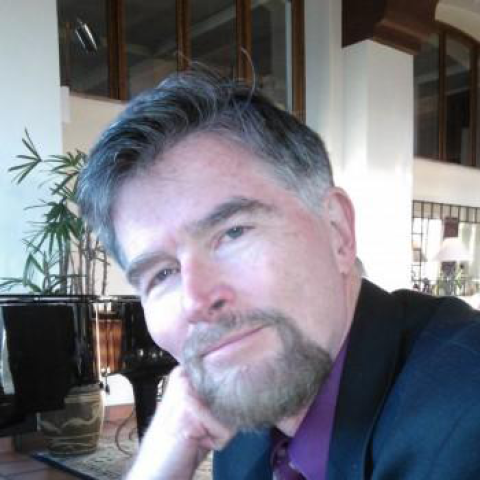 BIO-X IIP SEED GRANT PROJECT - 2010
BIO-X IIP SEED GRANT PROJECT - 2010
JOHNSON & JOHNSON-SUPPORTED TIPP GIFT PROJECT - 2011
John Cooke (Medicine)
Gerald Fuller (Chemical Engineering)
Endothelial cells (ECs), which reside in the inner lining of blood vessels, play an important role in regulating interactions of blood elements with the vascular wall. Endothelial morphology and biology is powerfully influenced by fluid shear stress derived from blood flow. In straight segments of the vessel, the endothelium responds to laminar flow by aligning in the direction of flow. In addition, the aligned ECs secrete nitric oxide (NO) and other vasoprotective factors that reduce the expression of adhesion molecules, thereby reducing the attachment of platelets and leukocytes, essentially acting as a vascular ‘Teflon,’ coating the lumen of the vessel. By contrast, at bends and branches in the blood vessel, flow is non-laminar ie. ‘disturbed.’ In these regions of disturbed flow, the ECs are not aligned and they act as a vascular ‘Velcro’ that favor platelet adherence and leukocyte infiltration. Notably, it is in these regions of non-aligned endothelial cells, at bends and branches of blood vessels, where atherosclerotic obstructions tend to occur.
This project arises from a rather surprising observation in our laboratories that extracellular matrix-induced alignment of endothelial cells enhances their ‘Teflon-like’ qualities. Accordingly, we examined the role of aligned matrices that enhance this homeostatic action of ECs. We developed a flow processing technique that produces an aligned matrix of collagen fibrils, which favors cell alignment. This allows us to directly assess the effect of cell alignment on several endothelial functions required for vascular homeostasis. Our studies indicate that aligned collagen fibrillar matrices can guide the assembly and alignment of ECs, and matrixaligned ECs elicit reduced monocyte adhesion, when compared to randomly-oriented ECs grown on randomlyoriented collagen fibrillar matrices. Furthermore, when challenged with fluid shear stress orthogonal to the direction of matrix alignment, ECs somewhat resist changes in morphology, suggesting that ECs are regulated more strongly by matrix cues rather than hemodynamic shear stress. This work sheds light on the contribution to matrix cues and shear stress on EC morphology and function. A clinically relevant application of this work is bioengineered vascular conduits that resist lesion formation. In particular, a vascular conduit with ECs aligned by an anisotropic matrix may be resistant to lesion formation at locations of disturbed flow, which regularly occur at the sites of anastomosis.
This collaboration brings together the expertise of Dr. Cooke in endothelial biology and Dr. Fuller in optical and interfacial rheology. Through this multi-disciplinary effort, the group has been able to apply engineering approaches to study complex biological behavior, with the goal of generating improved vascular conduits.



